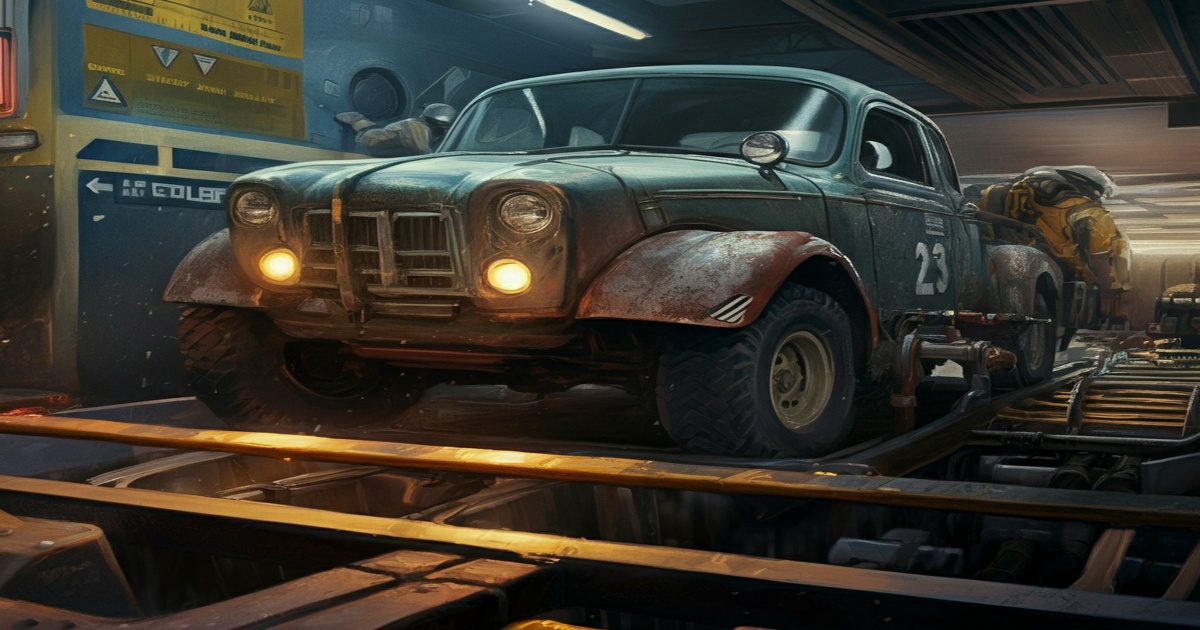An Air India crash investigation revealed that fuel control switches shifted three seconds after takeoff, causing both engines to lose power and leading to a crash that killed at least 260. The fuel cutoff switches moved from "RUN" to "CUTOFF" with a one-second gap. Pilots discussed the fuel cut-off, but the report doesn't clarify who did what.
Captain Sabharwal, with extensive experience, was in command. The Boeing 787 Dreamliner lost thrust shortly after takeoff, deploying a backup power system.
The AAIB report questions the switch design but doesn't blame Boeing or the engine manufacturer. The switches were found back in the "RUN" position at the crash site. Experts note that fuel cutoff switches are not easily moved unintentionally, and their use during flight is unusual.
The event poses a challenge for the Tata Group, which controls Air India. The airline is cooperating with authorities. The FAA and Boeing are also supporting the investigation. The AAIB is leading the inquiry, analyzing the black boxes.
The broader Indian aviation industry faces scrutiny, with Air India Express under investigation and Air India facing safety violation allegations.







5 Comments
Africa
Unbelievable that such a tragic event could occur due to human error. There needs to be more accountability in aviation!
Matzomaster
Another example of poor training in the aviation industry. Lives were lost due to negligence!
Muchacho
The challenges faced by Air India are significant, but I believe they will overcome this adversity and emerge stronger.
Raphael
Ultimately, this is a pivotal moment for Air India and Indian aviation as a whole. Let’s focus on making improvements, not just placing blame.
Michelangelo
If the switches are not easily moved, how did they shift so easily during takeoff? There’s something seriously wrong here!